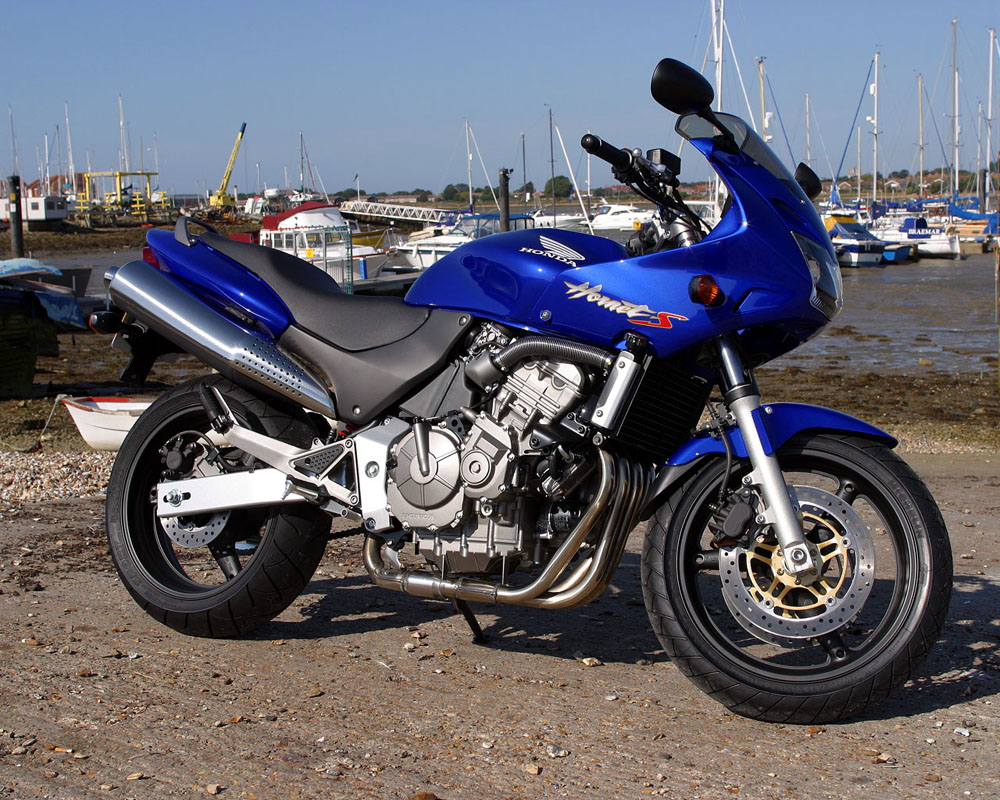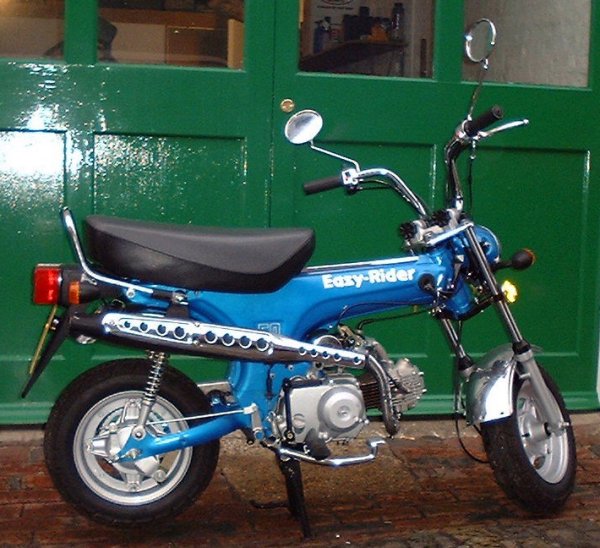Car to motorcycle connectivity
Vehicle to vehicle connectivity extending so that cars and motorcycle can talk to each other
There has been a lot of publicity about car to car communication lately as the technology is evolving all the time and it is considered to be one of the things which may keep road users safer. Up to date Honda and BMW have been working on the technology to make vehicles able to talk to each other so that they are aware of each other and therefore avoid crashes. They are now extending this vehicle communication to include motorcycles.
Once seen never forgotten
All motorcyclists know that one of the greatest safety issues is that car drivers often just fail to see them, so anything which makes cars more aware of two wheeled road users is beneficial to motorcyclists. According to a European study of motorcycle accidents the most common accident blackspots are junctions where motorists fail to look properly, and left turns where a vehicle turns left without seeing a motorcycle in its path. The idea behind this technology is that if the vehicles are in communication, they will each be far more aware of the other, which should hopefully prevent accidents - the theory being that if you are talking to them you can't miss them - or rather you can miss them!

Warning Easy Rider, a crash is imminent ....
Honda demonstrated its connectivity for motorcycles technology at the 19th World Congress in Vienna in October, using a Honda NC700X bike. This new system allows motorcycles to communicate with cars, something which Honda has been working on for years, and provides warnings to both drivers, of the presence of the other vehicle.
Honda's new system has various features:
* It employs a Motorcycle Approaching Indicator (MAI), which warns other riders or drivers that another vehicle is passing in front of them.
* It uses an alert when a vehicle in front is braking as an additional warning to prevent rear ending another vehicle.
* Motorcycles fitted with the system can send out alerts to nearby vehicles and warn them if a crash is imminent.
* Roadside ITS stations transmit information about road works, accidents or hazardous driving conditions to motorists and riders as they travel.

.....it's ok, I'm at home, I've broken down...
The warning lights for the rider are installed on the demonstration bike where the fairing meets the windscreen so that they are right in front of the rider and you can't miss them when they go off.
Although this technology has been being developed since 1999 and was demonstrated on a Honda GL1800 Goldwing in 2008, this is the first time it has been adapted to a more compact motorcycle.
The problem is that none of it is available on production motorcycles yet, so it's going to be a while before riders actually get to try it out.
Honda says:
"The motorcycle-to-car connectivity system provides timely warnings to the drivers of both vehicles. The standardized data exchange message, which is sent between the networked vehicles, contains an identifier for motorcycles, so that the receiving vehicles are able to identify the oncoming vehicle as a ‘motorcycle' and they can then take the necessary precautions.”
Honda also revealed research at the ITS Congress, on an innovative electronic rear view system for motorcycles that they claim is “augmented with advanced sensing technologies.”...so soon no one will be able to creep up behind you any more either.
Cloud nine or head in the clouds?
Well, it's all interesting hi tech futuristic stuff - just hope the car to car to motorcycle to roadside ITS station speaks the same language as the Prius driverless car and does not lead to robo road rage ....

